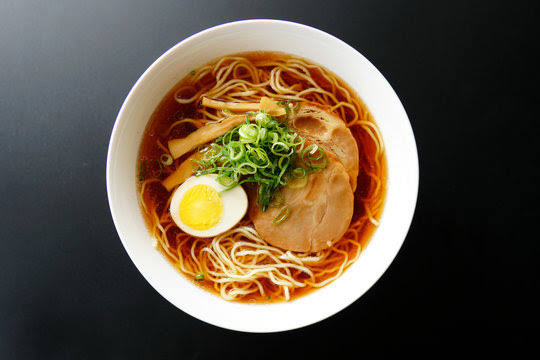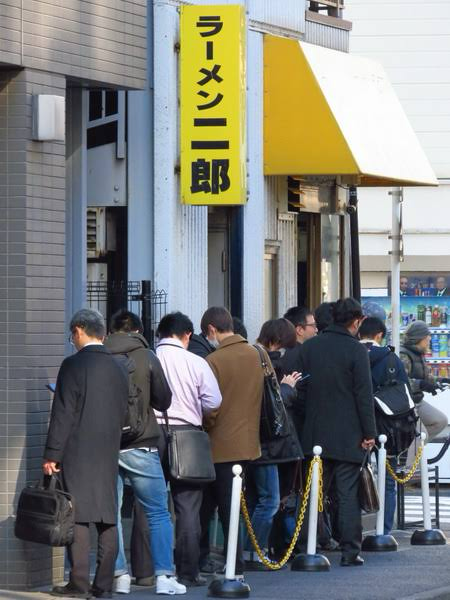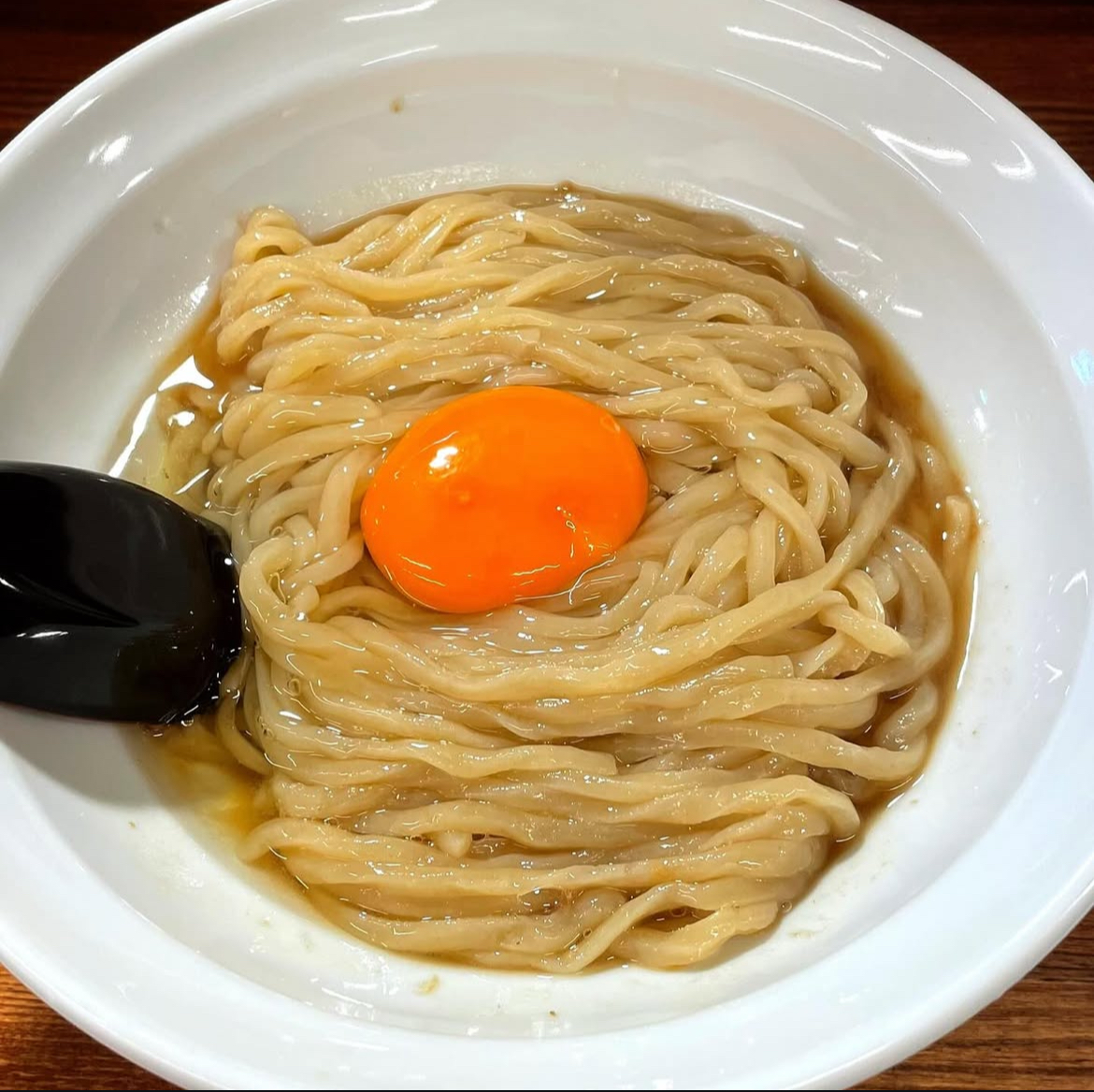First Time Trying Ramen in Japan? Complete Guide to Types, Ordering & Etiquette
Japan is a paradise for food lovers, and few dishes capture the heart of travelers quite like ramen. For many foreign tourists, ramen is more than just a meal—it's a cultural experience, a culinary adventure, and a window into Japanese daily life. But what exactly makes the best ramen for visitors from abroad?
The best ramen for foreign tourists is often defined by a few key factors:
- Flavorful, approachable broth: Many visitors gravitate toward rich, satisfying flavors such as tonkotsu (pork bone) or miso, which are both hearty and comforting.
- Quality ingredients: Fresh noodles, tender chashu pork, and perfectly marinated eggs are universally loved.
- Accessibility: Shops with English menus, clear ordering systems (like vending machines), and friendly staff help newcomers feel at ease.
- Atmosphere: Whether it’s a cozy neighborhood shop or a bustling city ramen-ya, the ambiance adds to the experience.
Ultimately, the best ramen is the bowl that leaves you smiling, satisfied, and eager to try more.
Why is ramen so popular among international visitors?
Ramen’s global appeal is undeniable. Here’s why it’s a must-try for so many travelers:
- Delicious and affordable: Ramen is both tasty and budget-friendly, making it ideal for travelers of all ages and backgrounds.
- Cultural icon: Ramen is deeply woven into Japanese culture, from late-night salaryman meals to family outings, and even as a comfort food during cold winters.
- Endless variety: With countless regional styles and creative takes, no two bowls are ever the same.
- Fun and interactive: The process of customizing your bowl, slurping noodles, and sharing photos makes ramen an engaging culinary adventure.
For many, enjoying ramen in Japan is a rite of passage—a way to connect with local traditions, savor unique flavors, and make lasting memories.
What types of ramen are especially loved by foreigners?
While every traveler has their own preferences, a few ramen styles consistently win hearts among international visitors:
- Tonkotsu Ramen: Originating from Kyushu, this ramen features a rich, creamy pork bone broth. Its deep umami flavor and silky texture make it a favorite, especially at famous chains like Ichiran and Ippudo.
- Miso Ramen: Hailing from Hokkaido, miso ramen offers a hearty, slightly sweet, and savory profile. The addition of corn, butter, and vegetables makes it especially satisfying in colder month.
- Shoyu Ramen: Tokyo’s signature style, shoyu ramen, is made with a soy sauce-based broth. It’s lighter and more approachable for those new to ramen, with a delicate balance of salty and savory notes.
- Shio Ramen: The lightest of the main types, shio (salt) ramen is clear, refreshing, and lets the flavor of the broth shine through.
These styles are widely available and often feature English-friendly menus, making them perfect for first-time visitors.
Any cultural or historical background that makes ramen a must-try dish?
Ramen’s journey from a simple Chinese noodle soup to a Japanese culinary icon is a fascinating story. Introduced to Japan in the late 19th or early 20th century, ramen quickly adapted to local tastes. After World War II, the dish exploded in popularity, becoming a staple of Japanese comfort food and a symbol of postwar ingenuity.
Today, ramen reflects Japan’s spirit of innovation and regional pride. Each area boasts its own unique take, from Sapporo’s miso ramen to Hakata’s tonkotsu, and even modern vegan or fusion creations. Ramen shops, known as ramen-ya, are gathering places for all walks of life, embodying the warmth and hospitality of Japanese dining culture.
"A steaming bowl of authentic Japanese ramen – a must-try for every visitor!"
Location: Where to Find Great Ramen
Japan is dotted with thousands of ramen shops, from tiny neighborhood counters to bustling chains and Michelin-starred restaurants. Here’s how to find the best bowls:
Features of ramen shops in tourist-friendly areas:
- Near train stations and city centers: You’ll find ramen-ya clustered around major transport hubs like Tokyo, Osaka, and Kyoto stations, as well as in entertainment districts.
- English menus and photos: Many shops in tourist areas offer multilingual menus and helpful photos, making ordering easy.
- Ordering systems: Look for vending machines at the entrance—just insert money, select your ramen and toppings, and hand the ticket to the chef.
Regional ramen varieties to try:
| RegionSignature RamenKey Features | ||
| Hokkaido | Sapporo Miso | Rich miso broth, corn, butter, hearty noodles |
| Kyushu | Hakata Tonkotsu | Creamy pork bone soup, thin noodles |
| Tokyo | Tokyo Shoyu | Soy sauce base, clear and savory |
| Northern Japan | Kitakata Ramen | Light shoyu, flat noodles, pork belly |
| Niigata | Spicy Mabomen | Mapo tofu-inspired, spicy and bold |
Each region’s ramen reflects local tastes, climate, and ingredients—sampling different styles is a delicious way to explore Japan.
Tips for finding authentic ramen shops:
- Follow the locals: A line outside a shop is a great sign of quality.
- Explore side streets: Some of the best ramen is found in unassuming, hole-in-the-wall locations.
- Check reviews: Online guides and travel blogs often highlight must-visit shops in every city.
- Try specialty shops: Many ramen-ya focus on one style or even a single signature bowl, ensuring top quality.
"Ramen shops can be found everywhere in Japan, from bustling city centers to quiet local neighborhoods."
Taste: Exploring Flavors and Ingredients
Ramen’s magic lies in its endless variety of flavors and ingredients. Here’s how to navigate the delicious world of Japanese ramen:
Soup bases and their characteristics:
- Tonkotsu: Rich, creamy, and opaque, made by simmering pork bones for hours. Deeply savory and often paired with thin, straight noodles.
- Miso: Deep, hearty, and slightly sweet, with a nutty aroma. Miso ramen often features thicker noodles and toppings like corn and butter.
- Shoyu: Light, clear, and savory, based on soy sauce. Shoyu ramen is versatile and often includes bamboo shoots, nori, and green onions.
- Shio: Delicate and salty, with a clear broth that highlights the natural flavors of the ingredients. Often served with seafood or chicken-based broths.
Popular toppings and ingredients:
- Chashu (braised pork belly): Tender and flavorful, a must-have for most ramen lovers.
- Ajitama (marinated soft-boiled egg): Creamy yolk and umami-rich exterior.
- Nori (seaweed): Adds a briny, oceanic note.
- Menma (bamboo shoots): Crunchy and slightly sweet.
- Green onions, corn, butter, bean sprouts, and more: Regional specialties and personal favorites abound.
How to customize your ramen experience:
- Noodle firmness: Many shops let you choose from extra soft to extra firm—just ask for “katamen” (firm) or “yawamen” (soft).
- Spice level: Add chili oil, spicy miso, or request extra heat if you like it spicy.
- Extra toppings: Don’t hesitate to add more chashu, egg, or vegetables for a personalized bowl.
Style: Traditional vs. Modern Ramen Experiences
Ramen culture in Japan is constantly evolving, offering something for every taste and mood.
Classic, old-school ramen shops:
- Atmosphere: Cozy, often with counter seating and a focus on efficiency.
- Menu: Simple, with a few signature bowls and classic sides like gyoza or rice.
- Experience: Quick, casual, and deeply satisfying—perfect for solo diners or a quick meal.
Modern, innovative ramen restaurants:
- Creative presentations: Expect colorful bowls, artistic toppings, and Instagram-worthy visuals.
- Dietary options: Many shops now offer vegan, vegetarian, or halal-friendly ramen to accommodate diverse diets.
- Fusion flavors: Some places blend Japanese tradition with international influences, like truffle oil, cheese, or spicy mapo tofu.
"Modern ramen shops offer visually stunning and innovative bowls that are perfect for social media."
Etiquette and tips for enjoying ramen in Japan:
- Ordering: Use vending machines or order at the counter. Don’t be afraid to ask for an English menu or point to photos.
- Slurping: Slurping noodles is not only acceptable—it’s encouraged! It cools the noodles and shows appreciation.
- Solo dining: Many shops have single booths or counters, making it easy for solo travelers.
- Don’t linger: Ramen shops are often busy, so finish your bowl and make room for the next guest.
Conclusion: Why Ramen Is a Must-Try Experience in Japan
Ramen is more than just a meal—it’s an essential part of the Japanese travel experience. Its comforting flavors, endless variety, and deep cultural roots make it a dish that appeals to every palate and every traveler.
To make the most of your ramen adventure in Japan:
- Try different regional styles as you travel—from Sapporo’s miso to Hakata’s tonkotsu and Tokyo’s shoyu.
- Don’t be afraid to explore side streets and local favorites—sometimes the best bowls are found off the beaten path.
- Embrace the experience: slurp your noodles, customize your toppings, and enjoy the lively atmosphere of a real Japanese ramen shop.
- Share your ramen journey on social media, and inspire others to discover this iconic dish.
Whether you’re a first-time visitor or a seasoned traveler, ramen promises a delicious, memorable, and uniquely Japanese adventure. So grab your chopsticks, join the line, and dive into the world of Japanese ramen—one bowl at a time!




Comments
Post a Comment